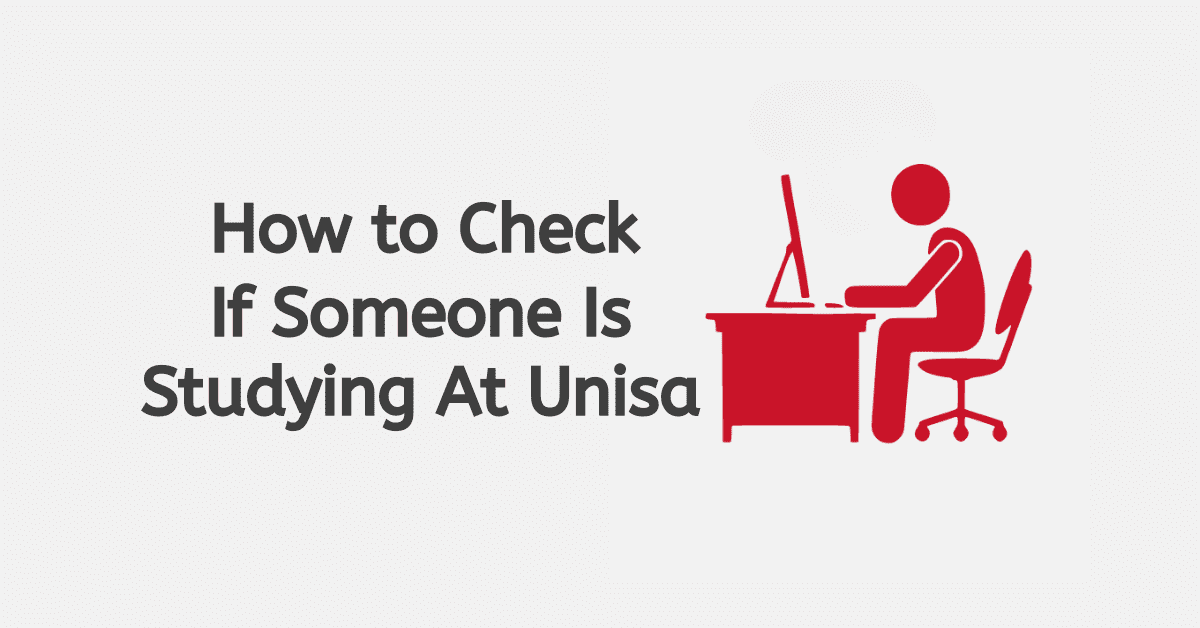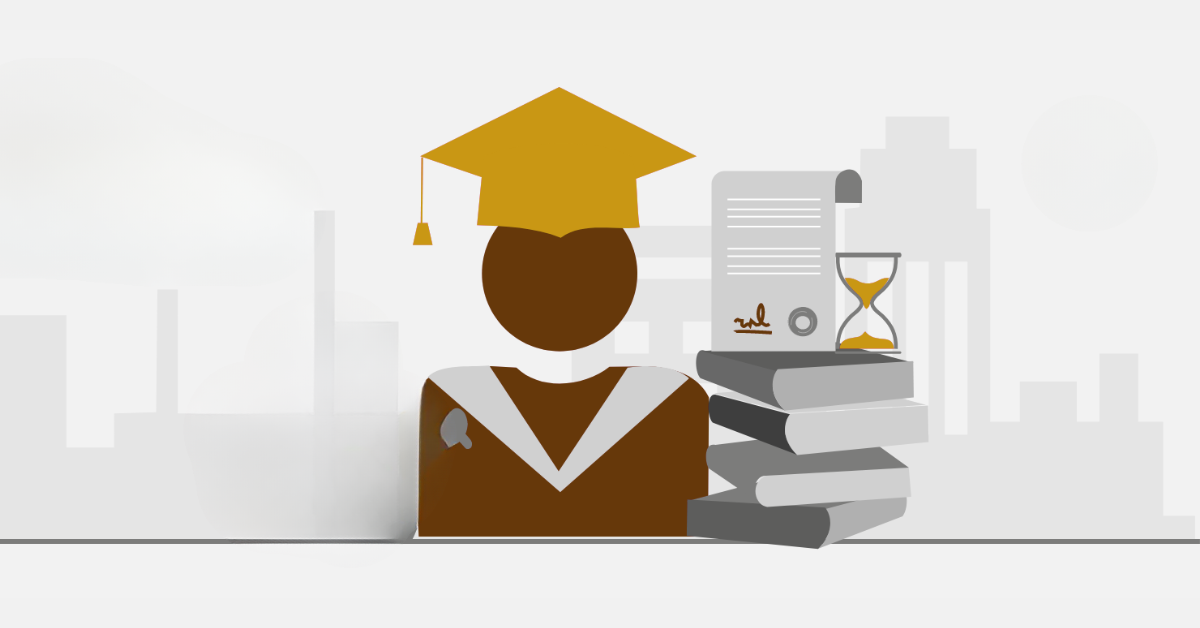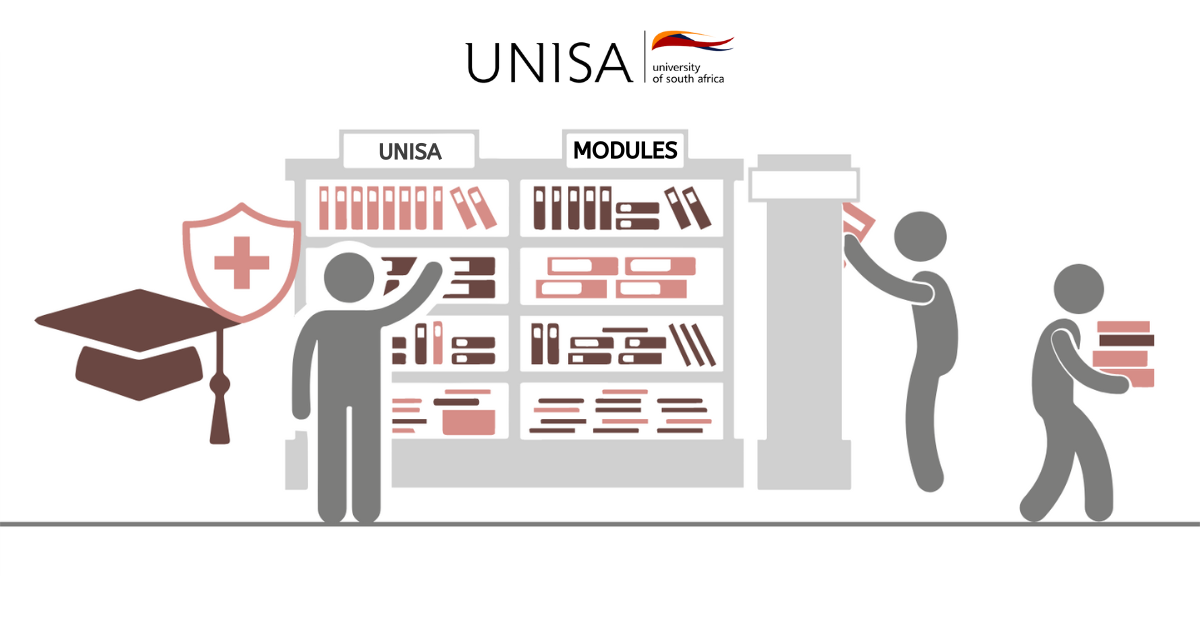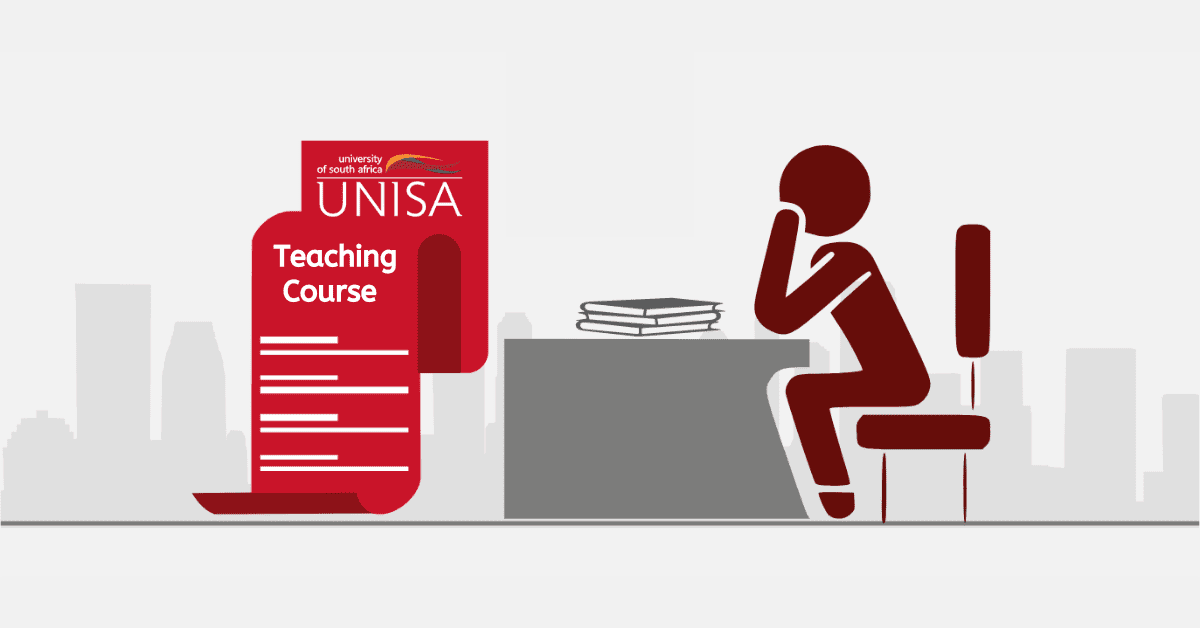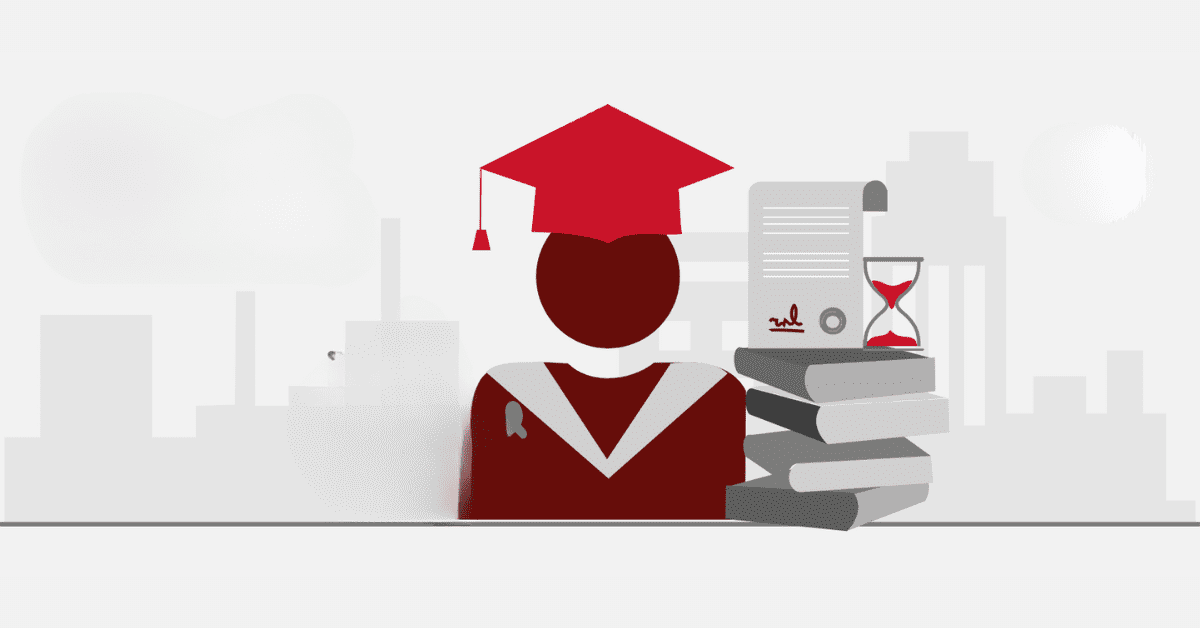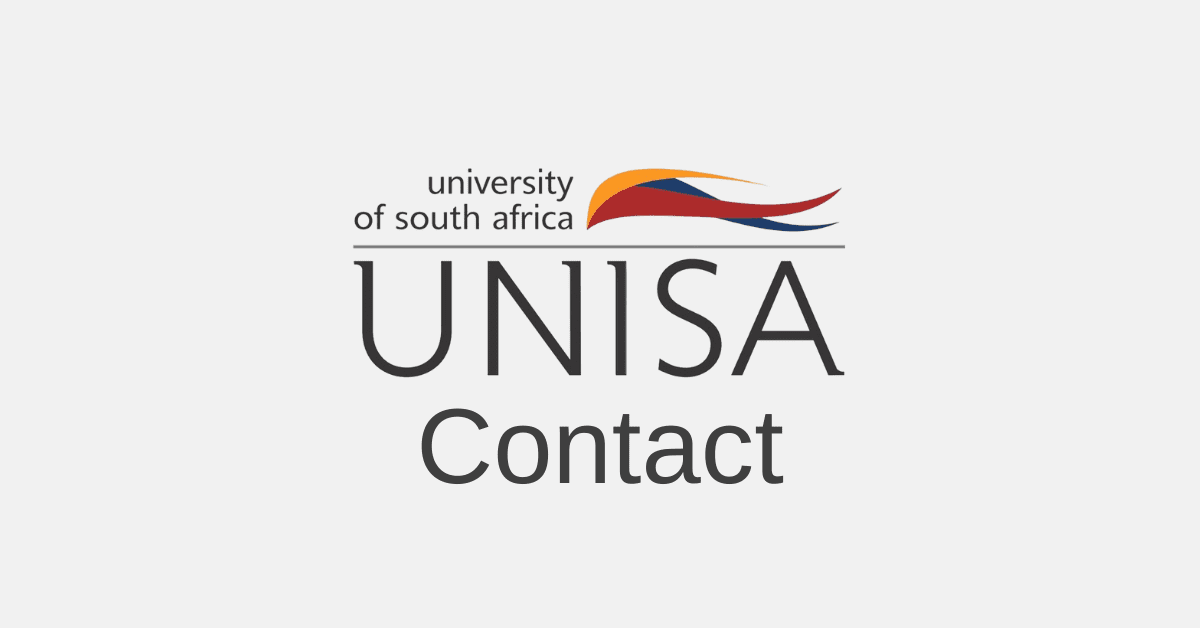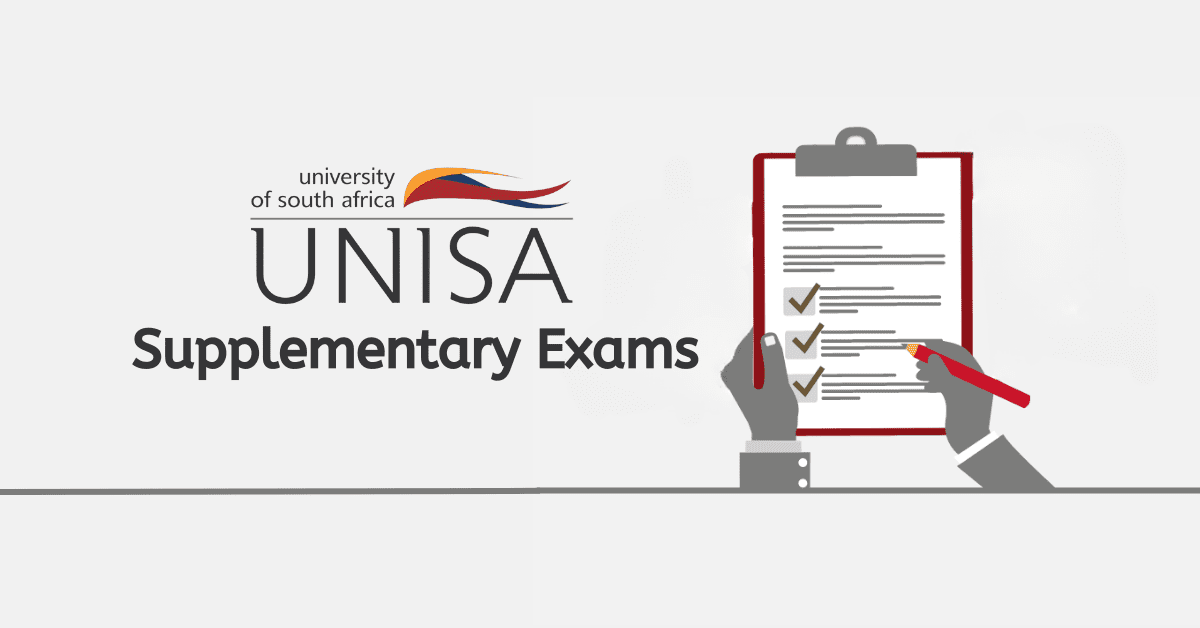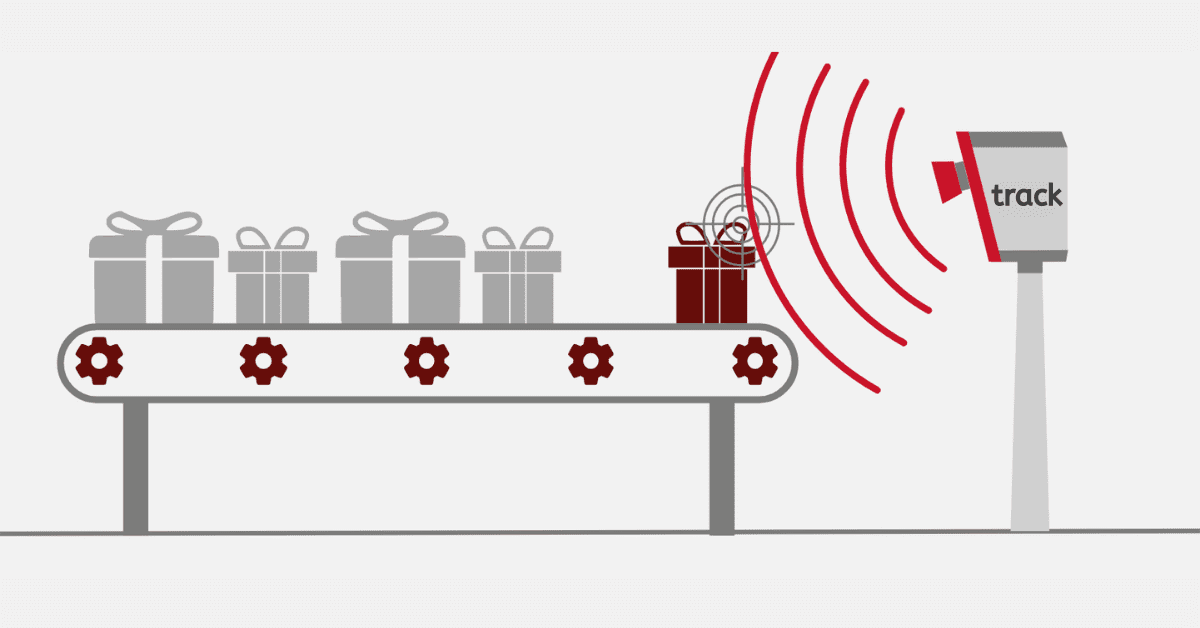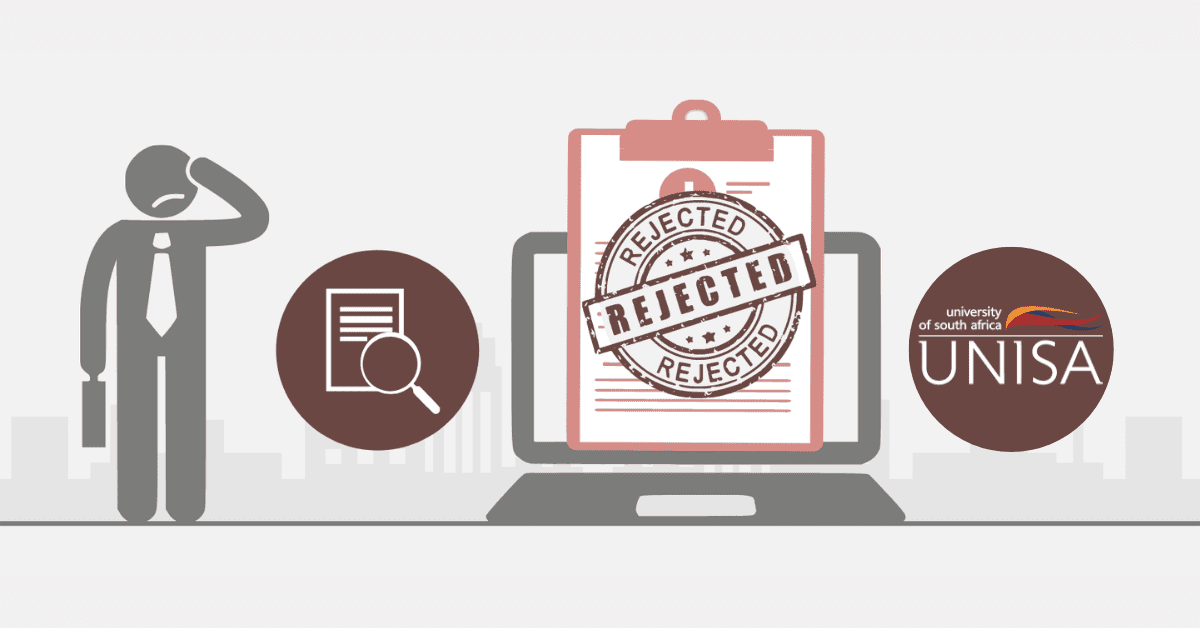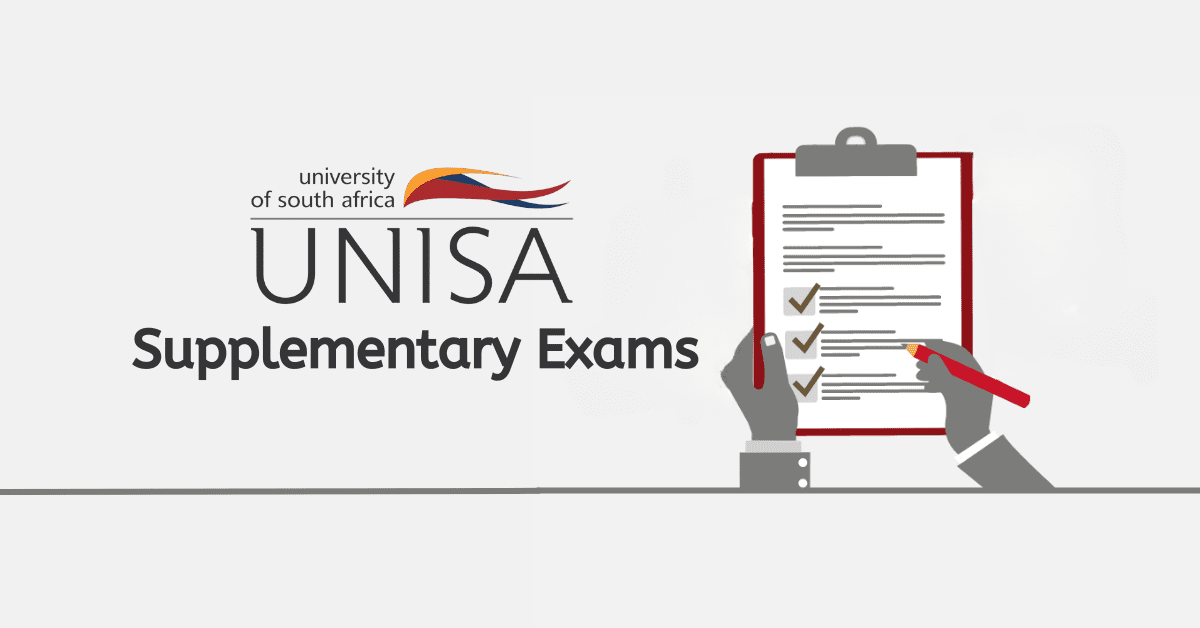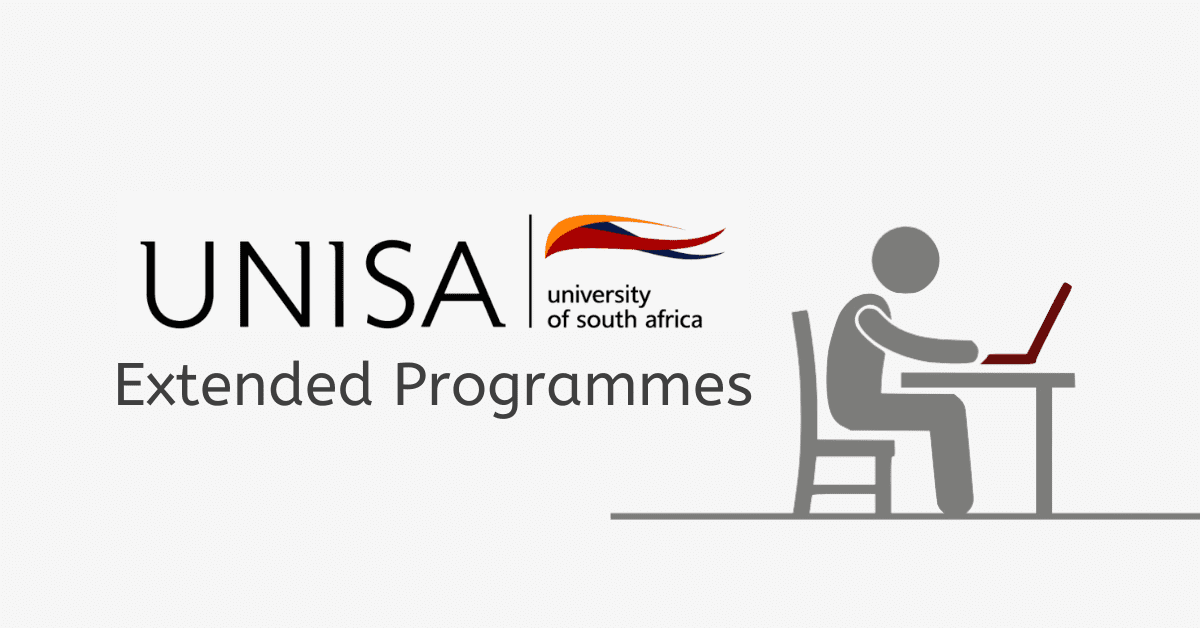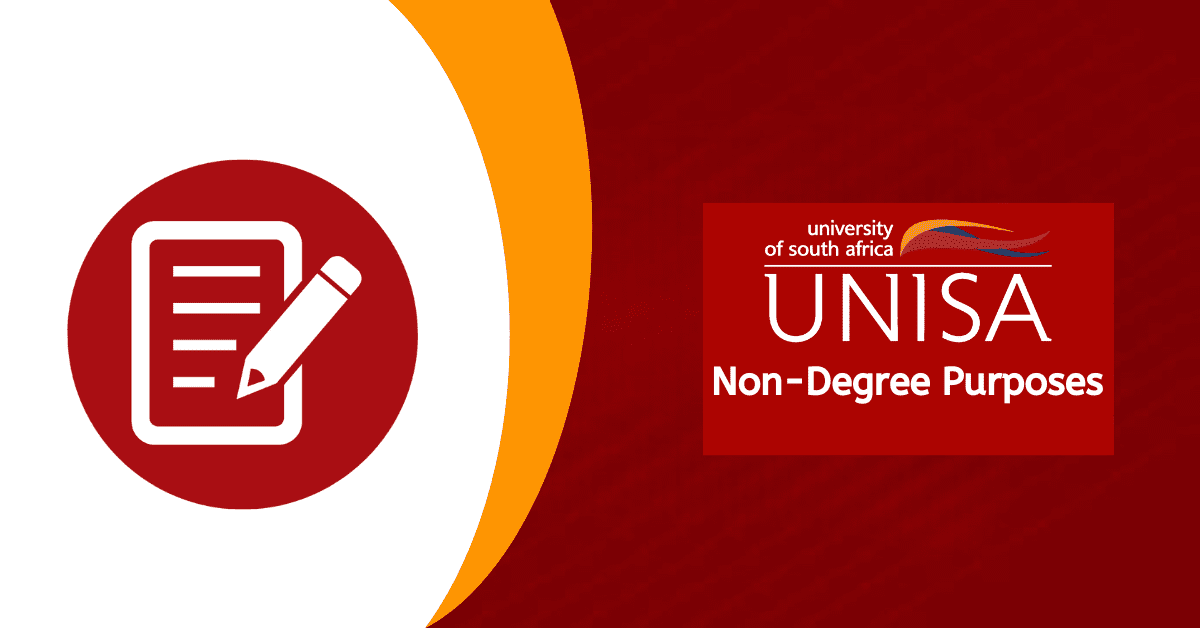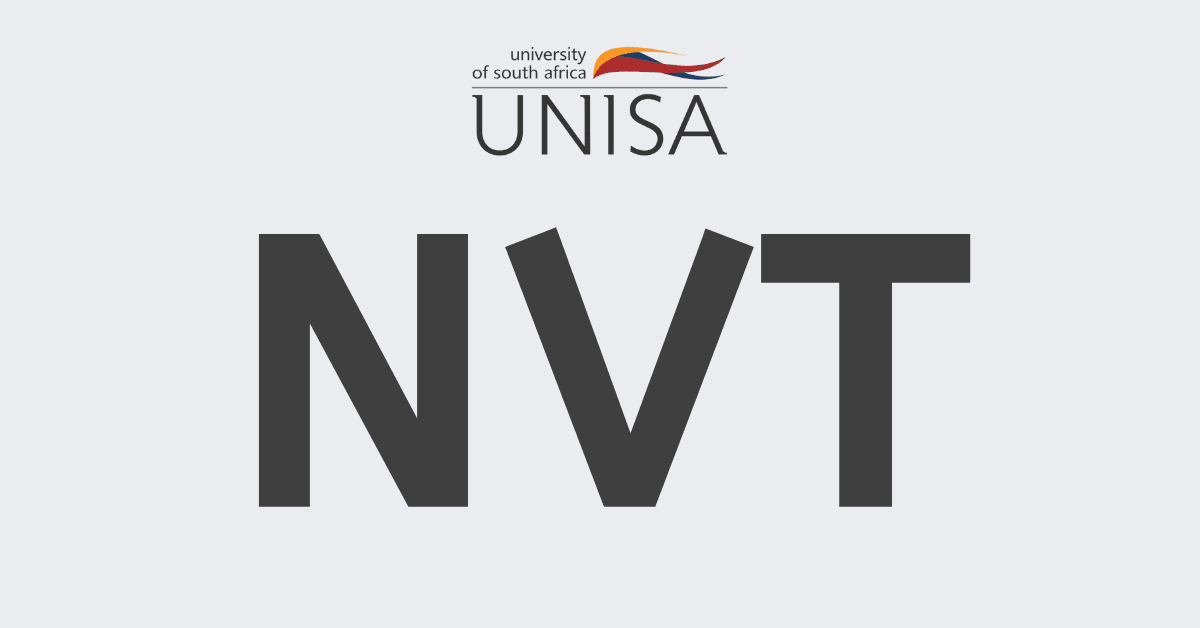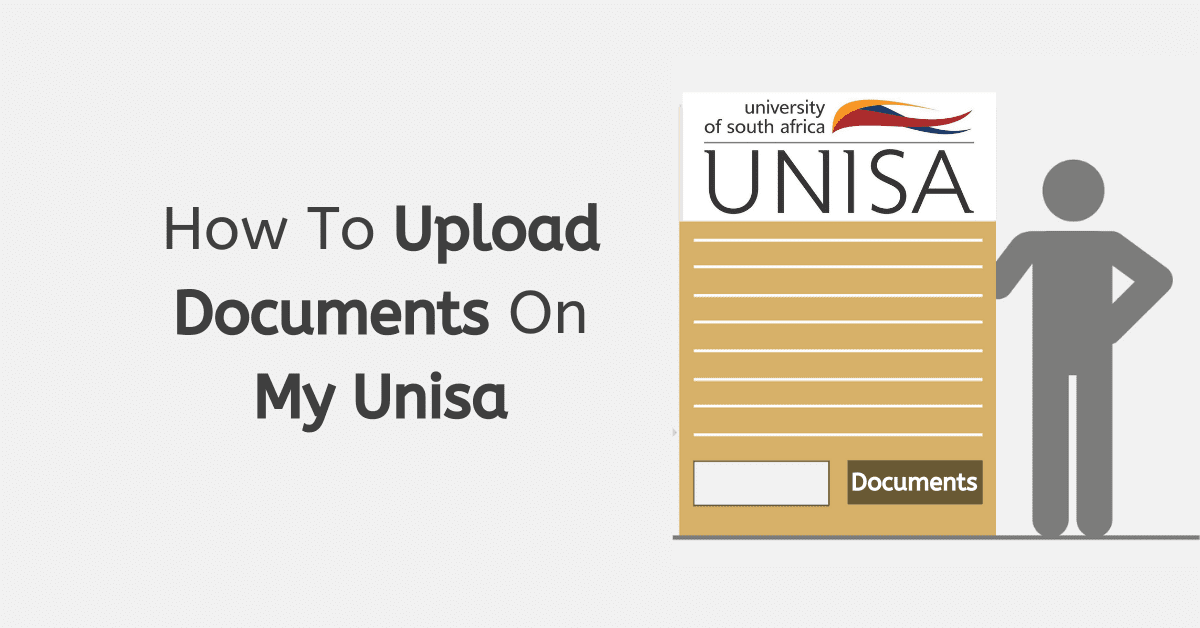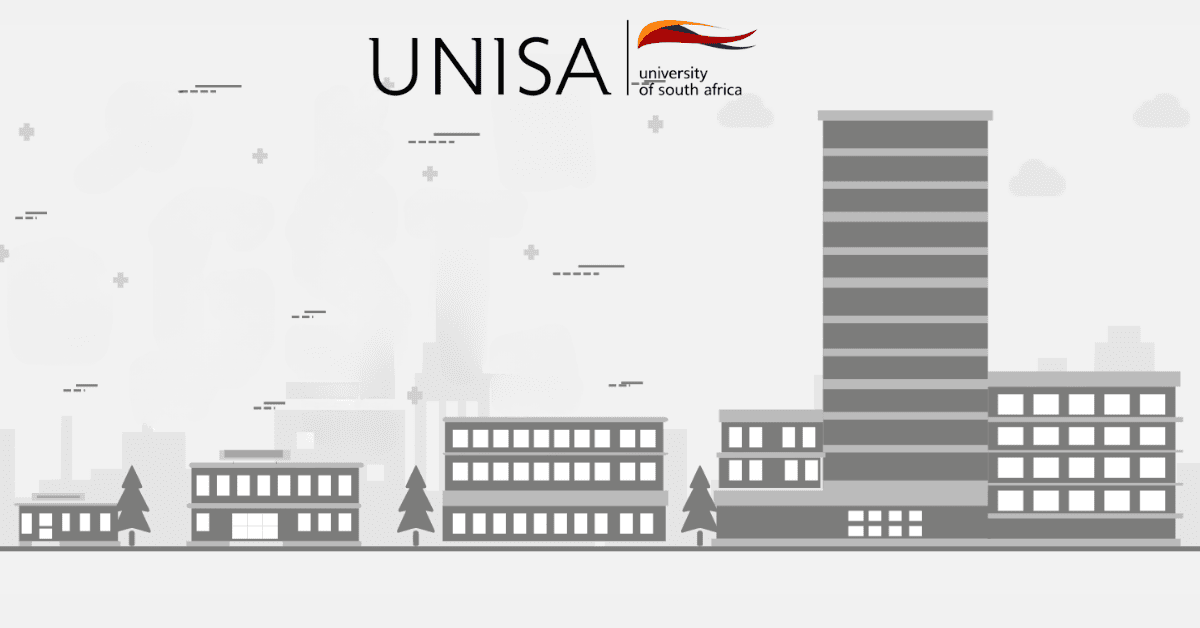At UNISA, a bridging course helps mature learners meet the requirements to get into a certain degree or program. The program is for people who haven’t met the academic requirements for the course they want to take. In this case, it’s mostly for people who want to study at UNISA but don’t have a post-secondary school record. The idea behind bridging courses is to give students the information and skills they need to be successful in their chosen field of study.
This can include teaching students how to write papers and do research, improving their math and science skills, or giving them a basic understanding of a certain topic. Mature students who want to take a gap course at UNISA must meet certain requirements set by the school. This can mean having a certain number of years of schooling or getting a certain score on an entrance test.
In this blog post, we will examine how to apply for a bridge course in 2026, the motive for pursuing a bridge course when one can apply for one, examples of bridge courses, and the timeline for the bridge course process and application.
How do you apply for a bridging course at Unisa 2026?
Bridging courses are designed to provide high school students with an intensive and focused educational experience that prepares them for university-level studies. These short courses are typically offered during the summer months and are designed to help students develop the skills and knowledge necessary to succeed in their chosen field of study. By participating in a bridging course, students can gain a deeper understanding of the academic expectations and requirements of university-level coursework and develop important study skills and habits that will serve them well throughout their academic careers.
The below guide is simplified to help you to apply for a bridging course at UNISA 2026.
- To begin the application process, please visit www.unisa.ac.za and click on the “Apply” page.
- Choose “Short Learning Programmes” from the “Apply” menu.
- After clicking “View Short Learning Programmes” on the following page, select “Bridging Courses” from the list of possibilities.
- Examine the list of offered bridge courses and pick the one that works best for your schedule and interests.
- Before submitting an application, double-check that you fulfil all prerequisites.
- To apply for the bridging course of your choice, click the “Apply” button and then follow the on-screen instructions.
- Make sure to apply before the deadline and pay the application cost.
- UNISA will not consider your application until you hear back from them. You can check the status of your application by signing into your account on the UNISA website.
What do you need to apply for a bridging course?
So, what do you need to do for a bridging course? What is the motive behind the bridging course? Bridging courses can be underrated, but as we continue to share more information on the UNISA application and its process, we will give insight into why one needs to take one. Indeed, not everyone needs a bridging course, but the focus is to ensure individuals understand its purposes and why it is even needed.
Don’t worry if you don’t meet UNISA’s entrance standards for a specific qualification! UNISA has a bridge course for students like you. This course bridges the gap between your current academic level and your desired qualification. This course will help you excel in your field of study. Language criteria must be met when applying for a program or course. Most institutions require a minimum score of 30% or a minor certification in the desired course in the language of learning and teaching. If you’re considering a bridge course at UNISA, be aware that the prerequisites can vary and may consider your experience and other criteria. UNISA can be flexible, so discuss your situation with the university. You can maximize your education and job chances by preparing for your bridge course.
Where to apply for a bridging course?
Bridging courses can be a great option. These bridged courses are designed to help students bridge the gap between their current education level and university admission requirements. They can provide students with the necessary skills, knowledge, and confidence to succeed in their academic pursuits. Whether you are a high school student or an adult learner, preparatory courses can be a valuable investment in your future. Bridging courses can be a valuable tool for students who want to prepare themselves before beginning a degree program. While the disciplines taught in these courses may not count towards your degree, they can help you get up to speed and feel more confident in your abilities. By taking a bridging course, you can gain a better understanding.
Does NSFAS fund bridging courses?
Whether you are interested in pursuing a degree in science, engineering, humanities, or any other field, a bridging course can help you get a head start on your academic journey and set you up for success. Some students may find that they do not have the necessary subjects to pursue their desired course of study, while others may need to catch up on a few years of schooling.
Regarding funding by NSFAS regarding bridging courses, it is firmly said that UNISA does not provide funds for bridging courses. You are required to cater for the expenses of the bridging course you may pursue at UNISA.
How long does it take to do a bridging course at UNISA?
Bridging courses are designed to help students transition smoothly from one level of education to another. They are offered by UNISA and typically take 6 months to 1 year to complete. They are especially useful for students needing to refresh their knowledge or skills before moving on to more advanced coursework.
Which courses can I bridge in Unisa?
Bridging courses gives students the underlying information and abilities they need to succeed in higher-level courses. These courses are especially beneficial for students who have not met their selected courses’ entry requirements or need to refresh their knowledge after taking a break from studying.
Here is a list of courses you can bridge in UNISA.
- AFL1501: Language Through an African Lens
- BPT1501: Being a Professional Teacher
- CAD1501: Child and Adolescent Development
- DPP1501: Diversity, Pedagogy, and Practice
- EST1501: Academic Proficiency in English for Student Teachers
- EUP1501: Ethical Information and Communication Technologies for Development Solutions
- INS1502: Developing Information Skills for Lifelong Learning
- PSC1501: Practical Science for the Classroom
- ATH1501: Art and Handwork
- GCS1501: Guidance, Counseling, and Life Skills Development
- GRT1501: Introduction to Grade R Teaching
- IED1501: Introduction to Environmental Education
- MTE1501: Mathematics 1 for Teachers
- MTE1502: Mathematics 2 for Teachers
- SCC1501: Science for Classroom 1,
- SCC1502: Science for the Classroom 2
- TEC1501: Technology 1 for the Classroom
- TEC1502: Technology 2 for the Classroom
